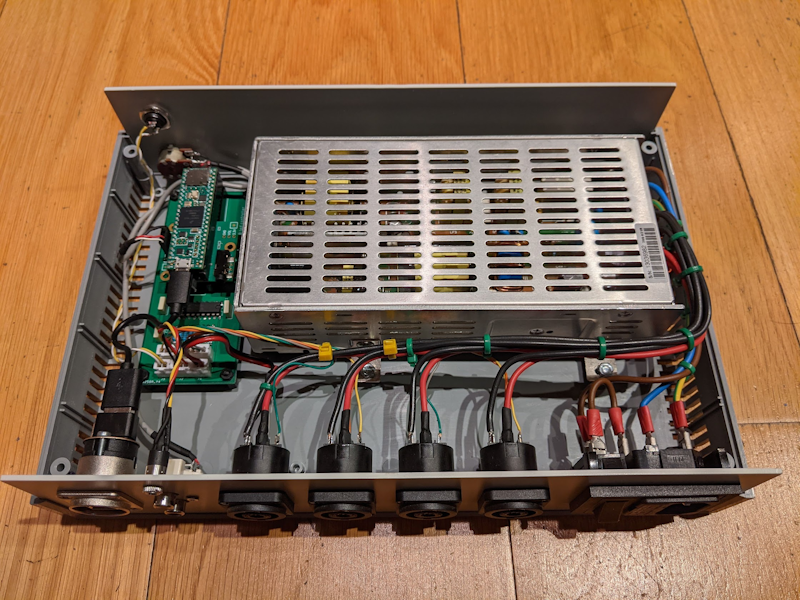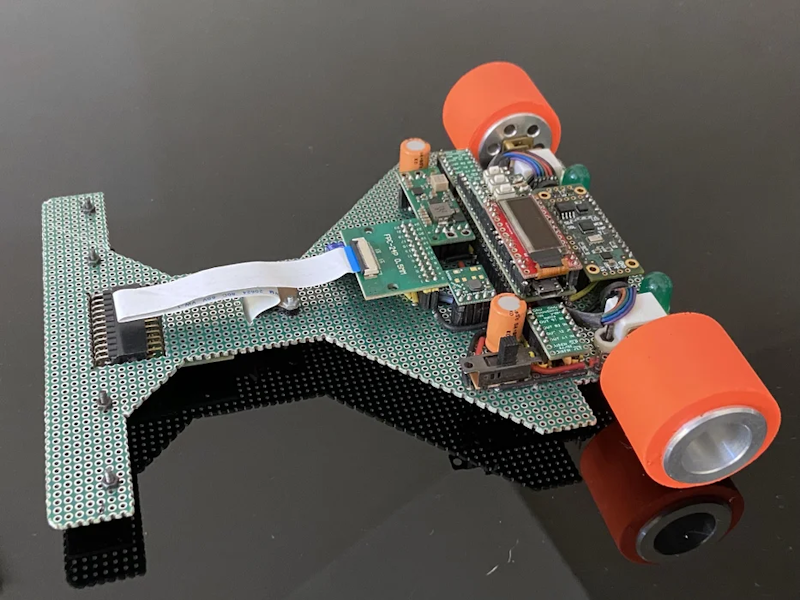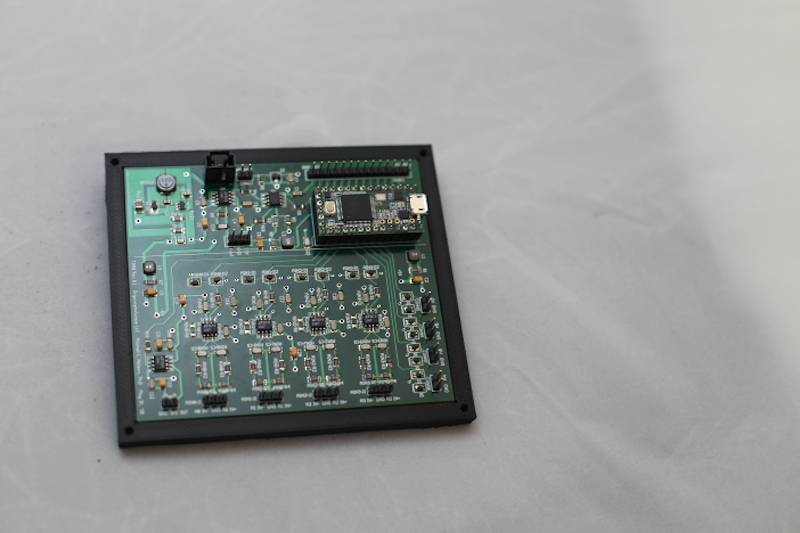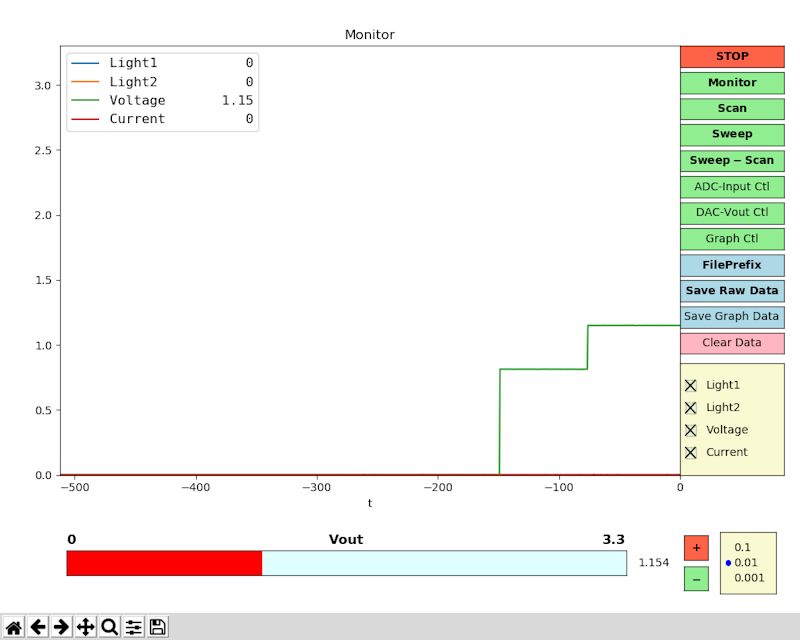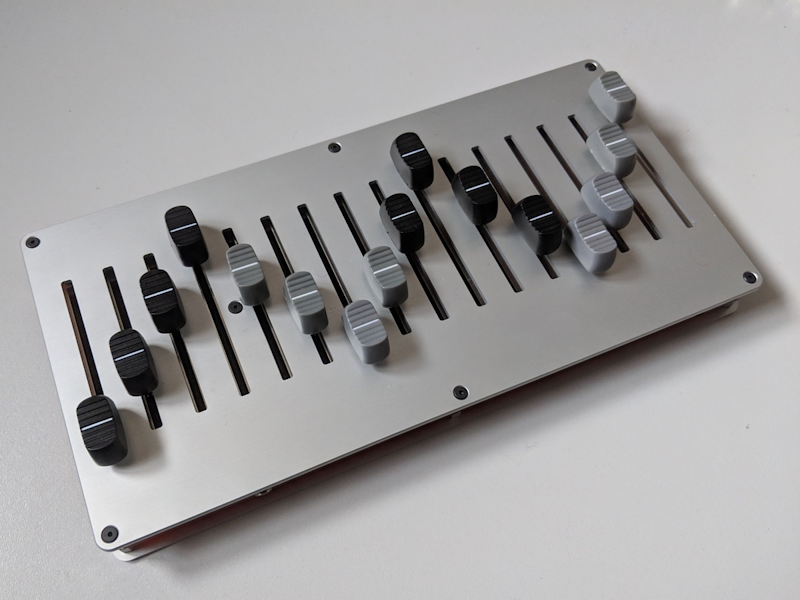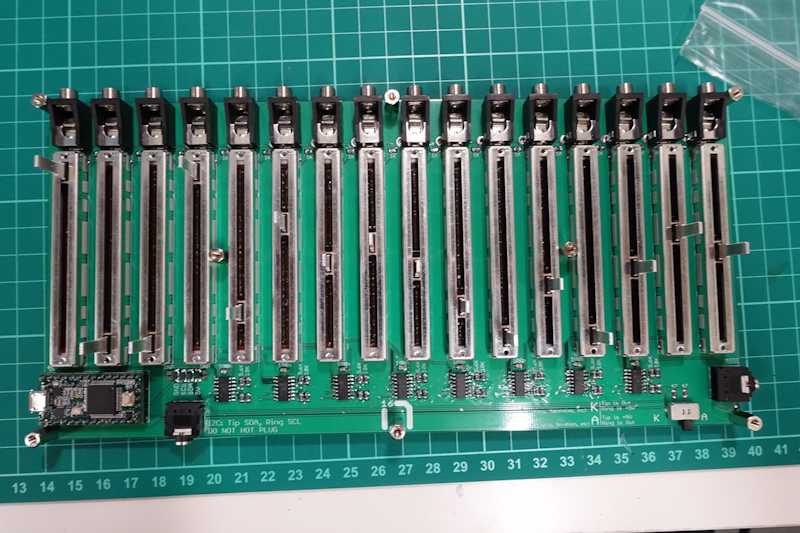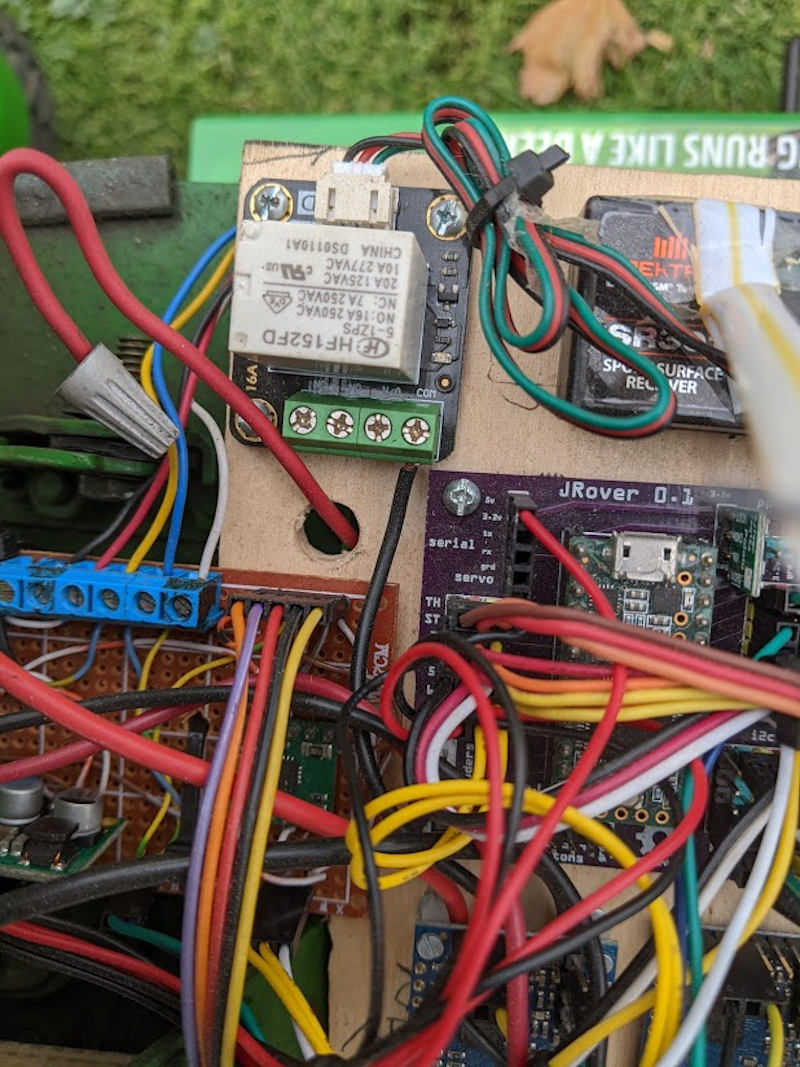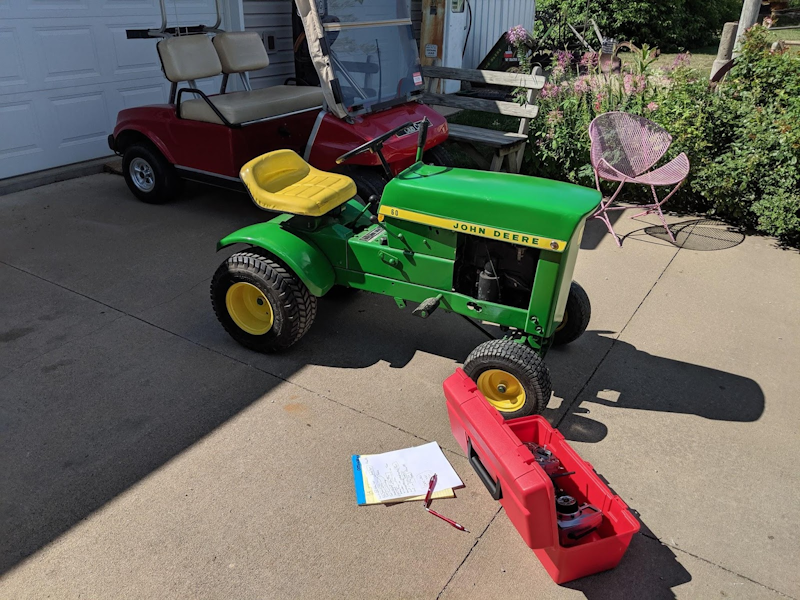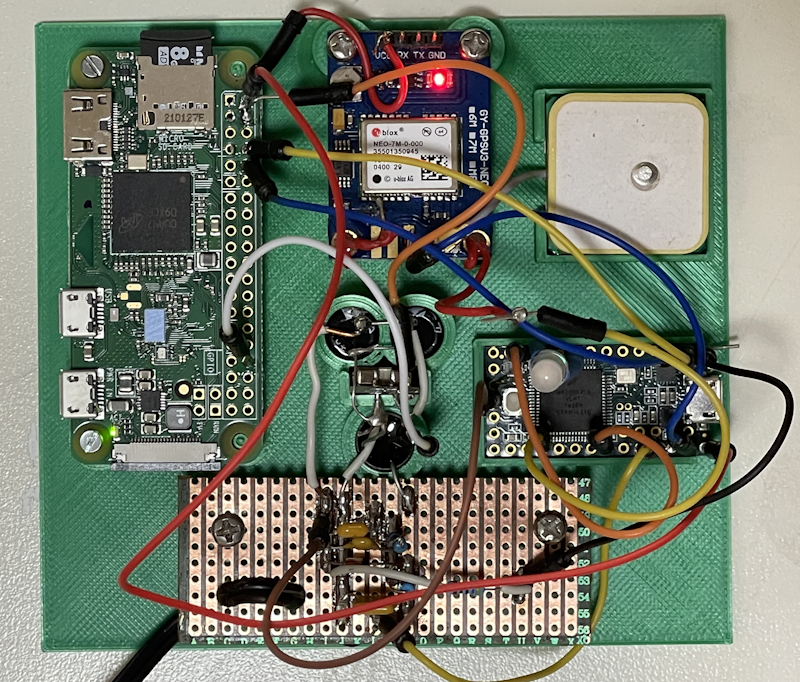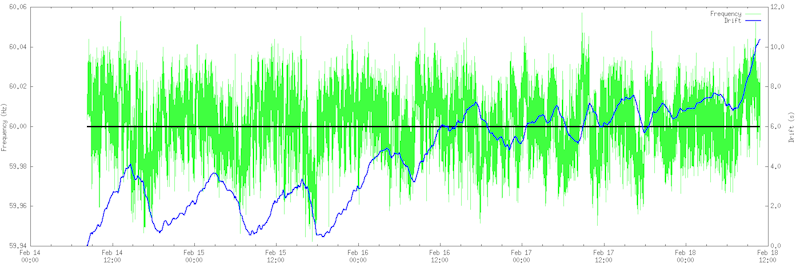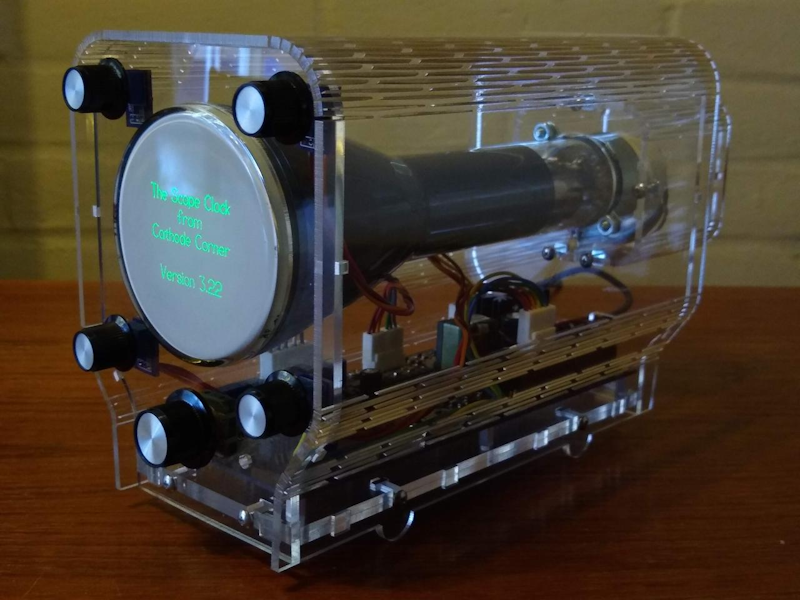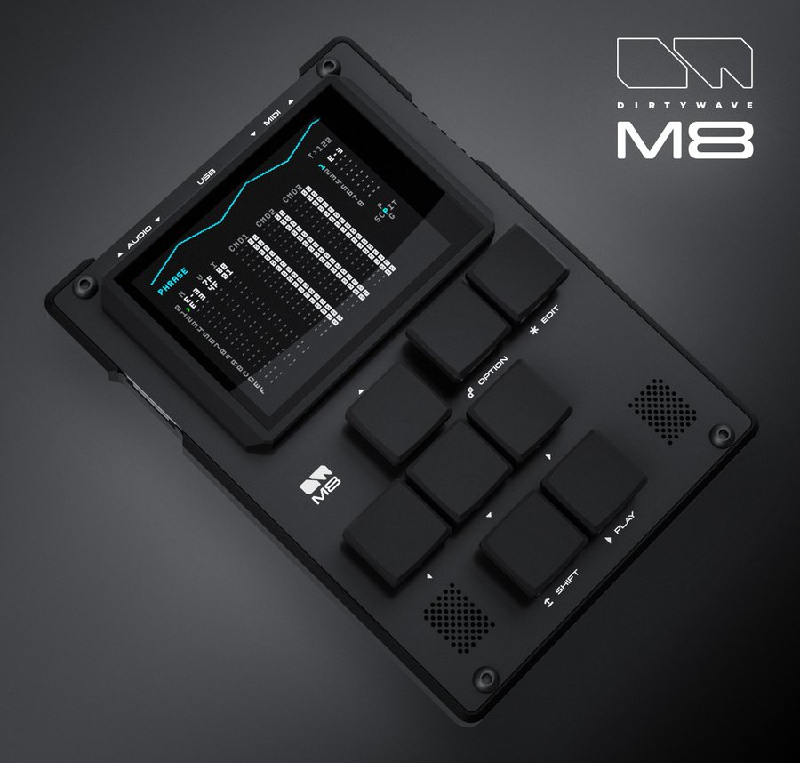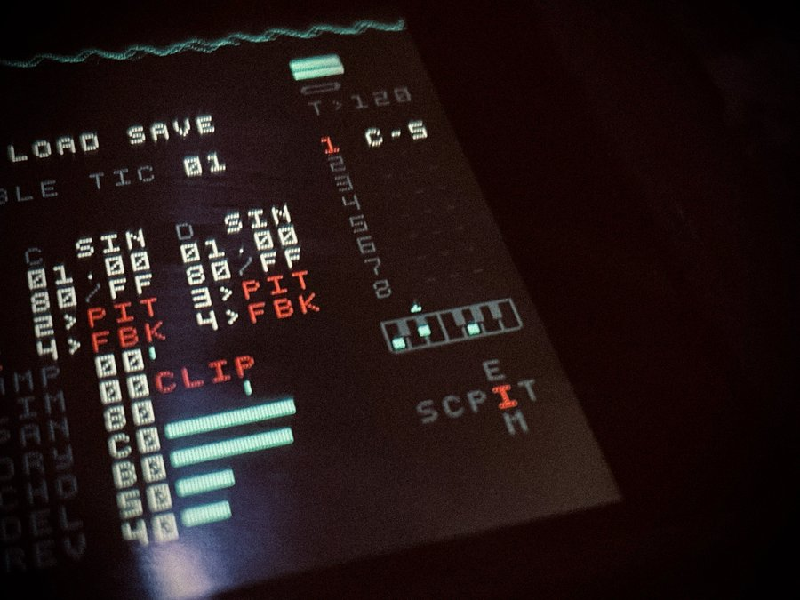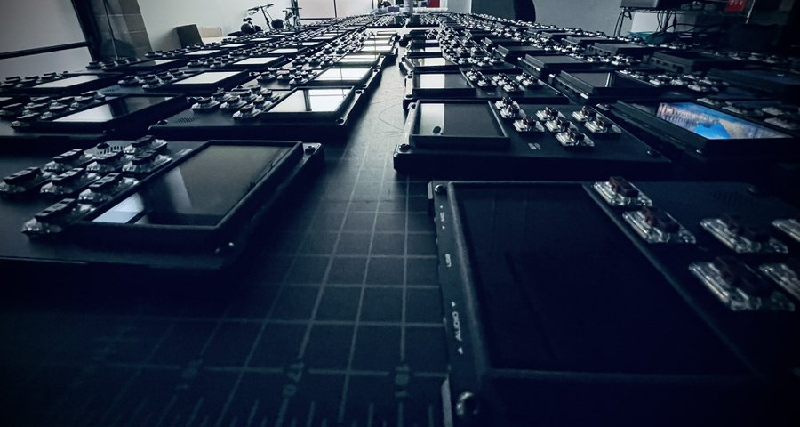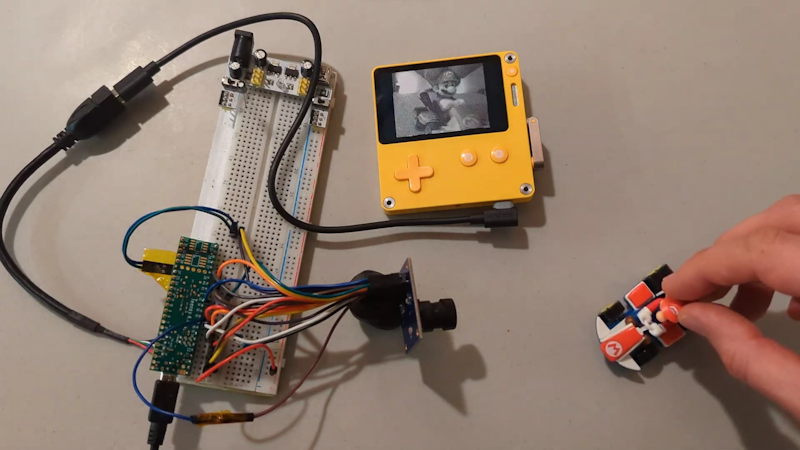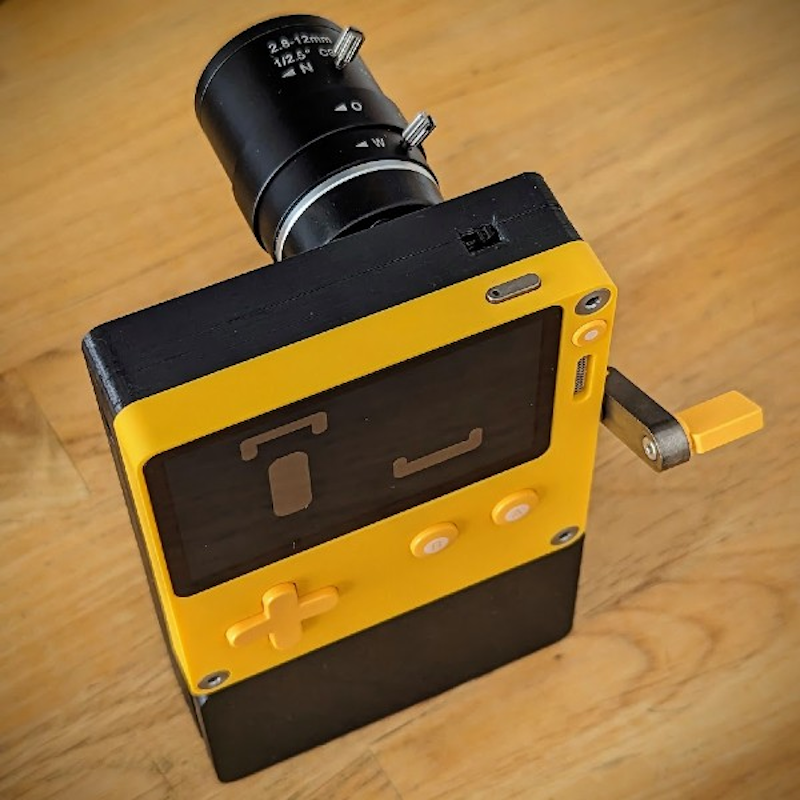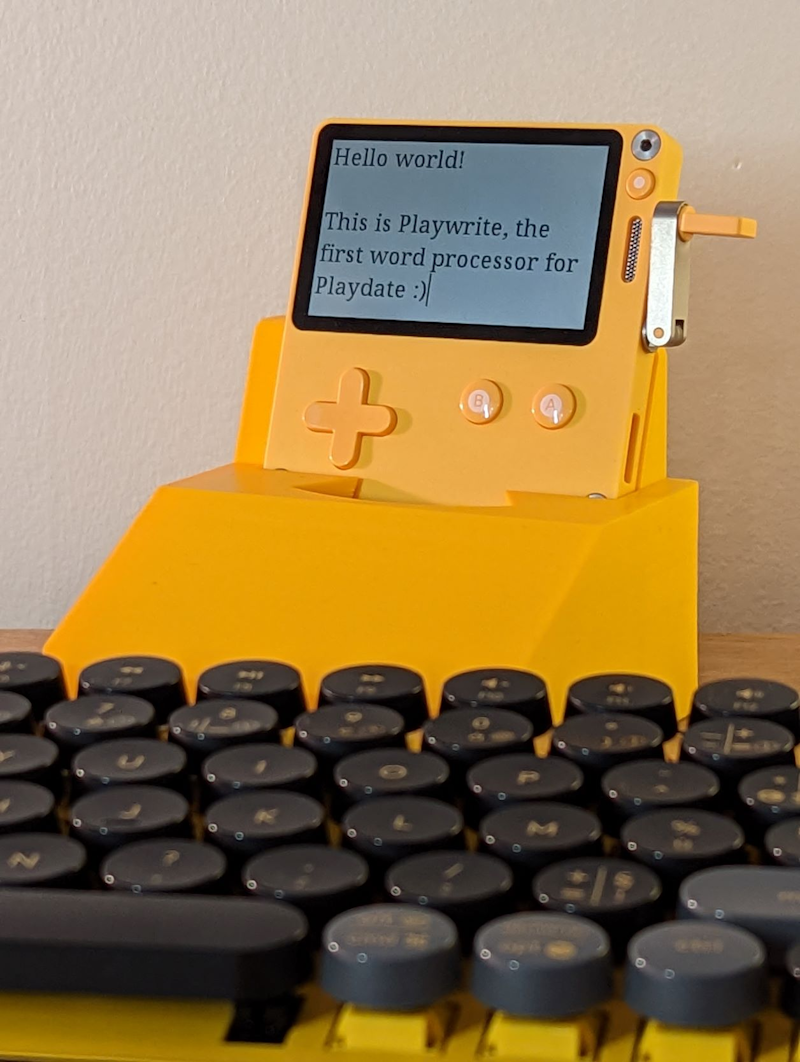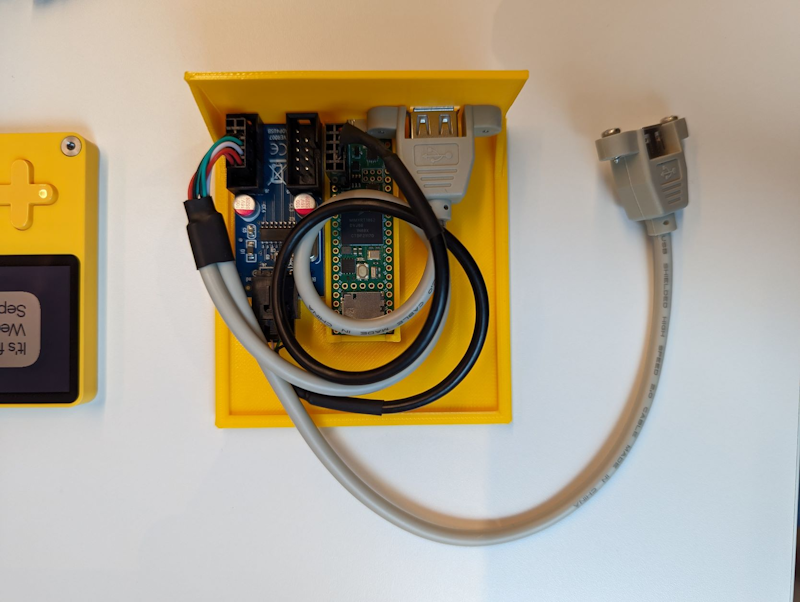Every project is sexy in its own way, but we have to admit that LED projects possess a certain overt sexiness. Luca Paolini is putting everything on full display with what he describes as “sexy, audio-responsive effects on LED strips” aka the Striptease library.
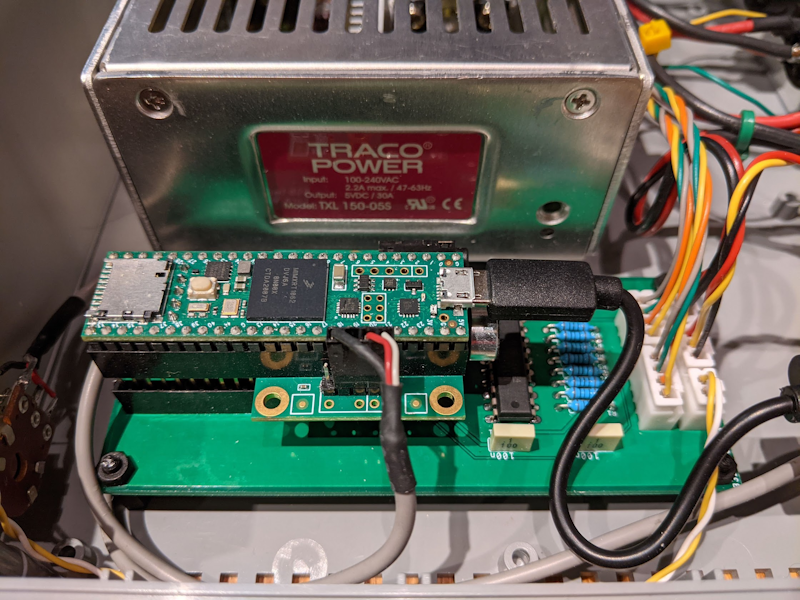
Luca has also developed custom hardware around our Audio Adapter Board, with PCBs available for Teensy 4.0 and 4.1 to house the 74HCT245 level shifter required for 5V WS2812Bs, as well as connectors and an IR receiver. His implementation features professional Neutrik speakON connectors for enhanced durability and current handling. Functionality is abstracted across several classes in a well-documented API, which can be found along with schematics and source on GitHub. Enjoy the combination of hardware and software in all of its sexy glory in the video below!
